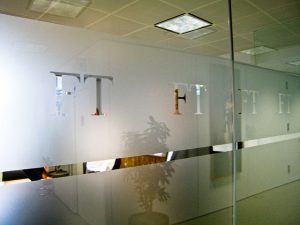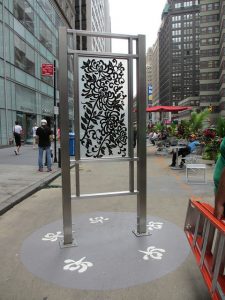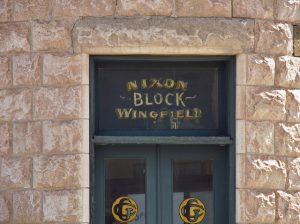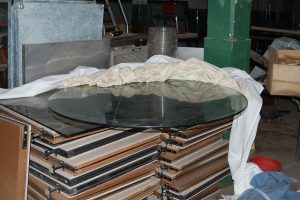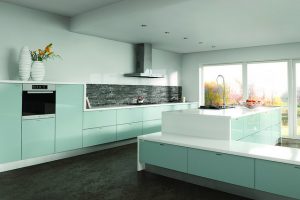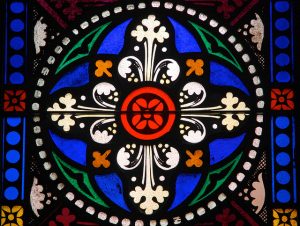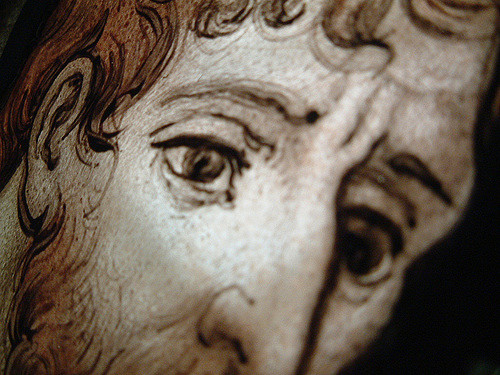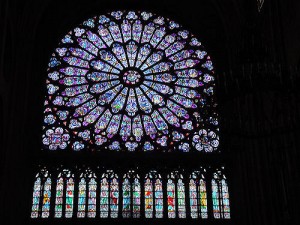Painted glass makes a great addition to your office space
Commercial decorating requires a lot of forethought, simply because commercial spaces aren’t like residential spaces. A commercial space may entertain a lot of traffic, or it may be a quiet little enclave for just a few office mates. In either case, the demands on the interior design may be more intense than those found in a residential space. One commercial consideration is the availability of natural light. Painted glass offers a lot of advantages for commercial interior design, and it’s worth considering for your decorating plan.
Painted glass is at home in the office
Glass works very well in commercial interior design for several reasons. First, it can distribute limited natural light around the work space. Usually, commercial interiors don’t have a lot of access to windows. Commonly, windows may sit only on one or two sides. WIndows that face east, south or west may end up admitting too much light! That can be as much of a problem as a space that doesn’t have enough light. Painted glass may provide light control, making the interior space more comfortable.
When you’re working with glass, light control equals heat control! Glass interiors can really heat up inside. This causes multiple comfort problems. No one likes excess heat, and the workspace can become uncomfortably hot. Second, excess heat increases the cost of cooling the space to a more comfortable temperature. By limiting the solar heat gain using painted glass, you can keep a space comfortably and cost-effective.
Third, glass doesn’t transmit sound very well, which makes it a welcome addition to a commercial space. Using glass walls in offices and conference rooms can help deaden sound. That makes the entire office space easier to work in by controlling noise. Painted glass also offers privacy, and reduces distractions. It’s also a great way to reduce the “fishbowl” effect of working in a clear glass office space.
Photo Credit: Andy Piper, via Flickr.com

